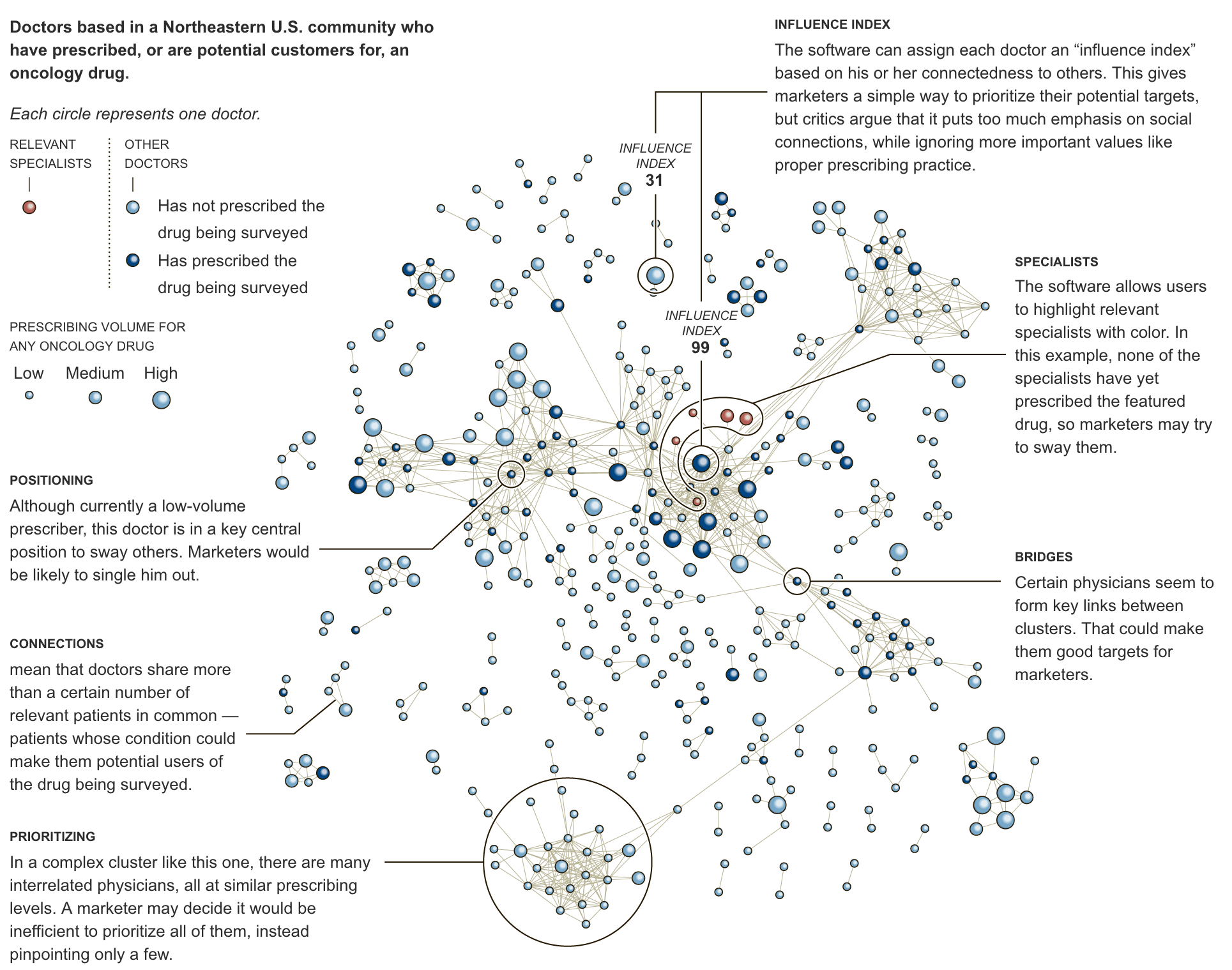visualizing.org:

“The free flow of information defines the Internet. Innovations like Wikipedia and crowdsourcing owe their existence to and are powered by the resulting streams of knowledge and ideas. Indeed, more information means more choice, more freedom, and ultimately more power for the individual and society. But — citing reasons like defamation, national security, and copyright infringement — governments, corporations, and other organizations at times may regulate and restrict information online. By blocking or filtering sites, issuing court orders limiting access to information, enacting legislation or pressuring technology and communication companies, governments and other organizations aim to censor one of the most important means of free expression in the world. What does this mean and to what extent should attempts to censor online content be permitted?…
We challenge you to visualize the removal requests in Google’s Transparency Report. What in this data should be communicated to the general public? Are there any trends or patterns in types of requests that have been complied with? Have legal and policy environments shaped what information is available and/or restricted in different countries? The data set on government requests (~1 thousand rows) provides summaries broken down by country, Google product, and reason. The data set on copyright requests, however, is much larger (~1 million rows) and includes each individual request. Use one or both data sets, by themselves or with other open data sets. We’re excited to partner with Google for this challenge, and we’re offering $5,000 in prizes
.”
Enter
Deadline: Thursday, June 27, 2013, 11:59 pm EDT
Winner Announced: Thursday, July 11, 2013
More at http://visualizing.org/contests/visualizing-online-takedown-requests


 “The free flow of information defines the Internet. Innovations like Wikipedia and crowdsourcing owe their existence to and are powered by the resulting streams of knowledge and ideas. Indeed, more information means more choice, more freedom, and ultimately more power for the individual and society. But — citing reasons like defamation, national security, and copyright infringement — governments, corporations, and other organizations at times may regulate and restrict information online. By blocking or filtering sites, issuing court orders limiting access to information, enacting legislation or pressuring technology and communication companies, governments and other organizations aim to censor one of the most important means of free expression in the world. What does this mean and to what extent should attempts to censor online content be permitted?…
“The free flow of information defines the Internet. Innovations like Wikipedia and crowdsourcing owe their existence to and are powered by the resulting streams of knowledge and ideas. Indeed, more information means more choice, more freedom, and ultimately more power for the individual and society. But — citing reasons like defamation, national security, and copyright infringement — governments, corporations, and other organizations at times may regulate and restrict information online. By blocking or filtering sites, issuing court orders limiting access to information, enacting legislation or pressuring technology and communication companies, governments and other organizations aim to censor one of the most important means of free expression in the world. What does this mean and to what extent should attempts to censor online content be permitted?…
